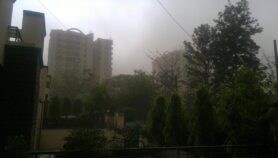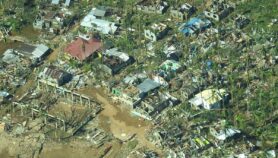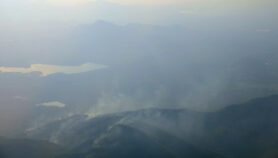Send to a friend
The details you provide on this page will not be used to send unsolicited email, and will not be sold to a 3rd party. See privacy policy.
Protecting against the risk of shifting ground and replanting mangrove forests are some of the tasks ahead for areas in Asia hit by the 2004 tsunami and earthquake in March 2005.
In a series of three articles in Science, Richard Stone describes how ecosystems are being restored and measures put in place to ensure that the next earthquake will not have such devastating consequences.
Subsidence and uplift caused by the 2005 earthquake profoundly changed the landscape of Nias Island off Sumatra’s west coast, according to research by scientists from the Caltech-Indonesian Institute of Sciences.
The team warns that the coastline around Padang, Sumatra, would subside by tens of centimetres if another major earthquake hit the area. This, they say, is likely to happen within the next few decades.
The risk of subsidence complicates development of an adequate evacuation plan for Padang. One possibility is to build tsunami shelters every 100 metres along the coast, but this is only a viable option if they can withstand a wave as well as shifting ground.
Meanwhile a US$62 million initiative to replant mangroves, sand dunes and sea-grass beds, called Mangroves for the Future (MMF), will be unveiled at a tsunami donors meeting on 31 October.
MMF will also provide an updated assessment of mangrove distribution in the area and restore ecosystems in the 12 nations affected by the tsunami.
Links to full articles in Science:
A rescue effort for tsunami-ravaged mangrove forests
Facing a tsunami with no place to run
The day the land tipped over













